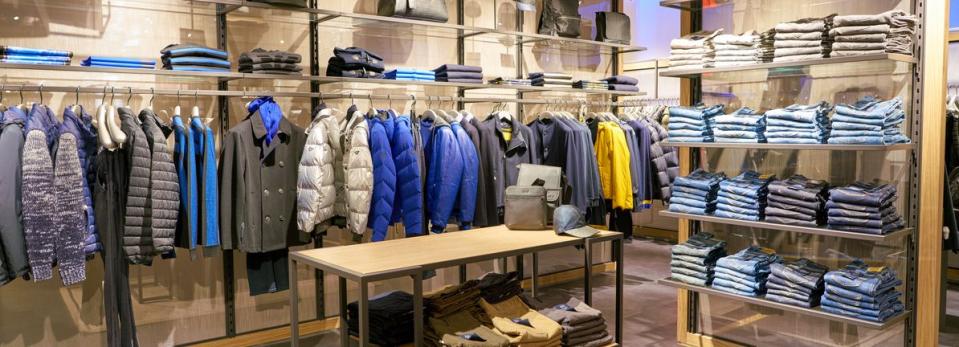Should Weakness in Shoe Zone plc's (LON:SHOE) Stock Be Seen As A Sign That Market Will Correct The Share Price Given Decent Financials?

Shoe Zone (LON:SHOE) has had a rough three months with its share price down 52%. However, stock prices are usually driven by a company’s financials over the long term, which in this case look pretty respectable. In this article, we decided to focus on Shoe Zone's ROE.
Return on equity or ROE is a key measure used to assess how efficiently a company's management is utilizing the company's capital. Simply put, it is used to assess the profitability of a company in relation to its equity capital.
View our latest analysis for Shoe Zone
How Is ROE Calculated?
The formula for ROE is:
Return on Equity = Net Profit (from continuing operations) ÷ Shareholders' Equity
So, based on the above formula, the ROE for Shoe Zone is:
18% = UK£5.7m ÷ UK£31m (Based on the trailing twelve months to October 2019).
The 'return' is the yearly profit. Another way to think of that is that for every £1 worth of equity, the company was able to earn £0.18 in profit.
Why Is ROE Important For Earnings Growth?
We have already established that ROE serves as an efficient profit-generating gauge for a company's future earnings. Depending on how much of these profits the company reinvests or "retains", and how effectively it does so, we are then able to assess a company’s earnings growth potential. Assuming everything else remains unchanged, the higher the ROE and profit retention, the higher the growth rate of a company compared to companies that don't necessarily bear these characteristics.
Shoe Zone's Earnings Growth And 18% ROE
To start with, Shoe Zone's ROE looks acceptable. Further, the company's ROE compares quite favorably to the industry average of 12%. However, we are curious as to how the high returns still resulted in flat growth for Shoe Zone in the past five years. Therefore, there could be some other aspects that could potentially be preventing the company from growing. These include low earnings retention or poor allocation of capital.
We then compared Shoe Zone's net income growth with the industry and found that the company's growth figure is lower than the average industry growth rate of 1.5% in the same period, which is a bit concerning.
Earnings growth is a huge factor in stock valuation. What investors need to determine next is if the expected earnings growth, or the lack of it, is already built into the share price. Doing so will help them establish if the stock's future looks promising or ominous. One good indicator of expected earnings growth is the P/E ratio which determines the price the market is willing to pay for a stock based on its earnings prospects. So, you may want to check if Shoe Zone is trading on a high P/E or a low P/E, relative to its industry.
Is Shoe Zone Efficiently Re-investing Its Profits?
The high three-year median payout ratio of 61% (meaning, the company retains only 39% of profits) for Shoe Zone suggests that the company's earnings growth was miniscule as a result of paying out a majority of its earnings.
In addition, Shoe Zone has been paying dividends over a period of five years suggesting that keeping up dividend payments is way more important to the management even if it comes at the cost of business growth.
Conclusion
Overall, we feel that Shoe Zone certainly does have some positive factors to consider. However, while the company does have a high ROE, its earnings growth number is quite disappointing. This can be blamed on the fact that it reinvests only a small portion of its profits and pays out the rest as dividends. Up till now, we've only made a short study of the company's growth data. To gain further insights into Shoe Zone's past profit growth, check out this visualization of past earnings, revenue and cash flows.
If you spot an error that warrants correction, please contact the editor at editorial-team@simplywallst.com. This article by Simply Wall St is general in nature. It does not constitute a recommendation to buy or sell any stock, and does not take account of your objectives, or your financial situation. Simply Wall St has no position in the stocks mentioned.
We aim to bring you long-term focused research analysis driven by fundamental data. Note that our analysis may not factor in the latest price-sensitive company announcements or qualitative material. Thank you for reading.

 Yahoo Finance
Yahoo Finance 
